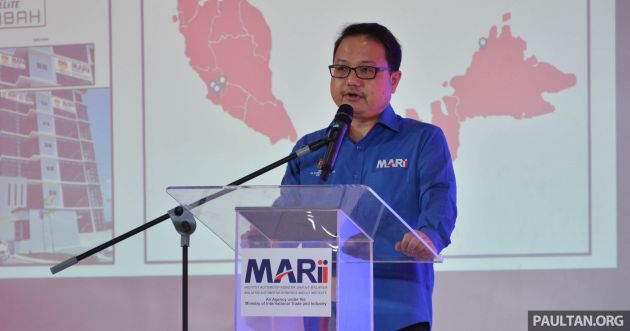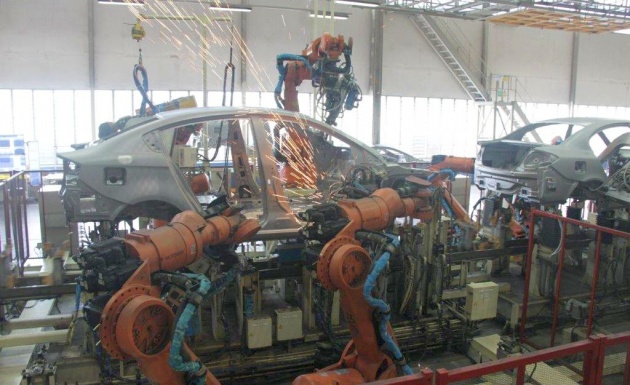The National Automotive Policy 2019 is to be launched soon and will be implemented in three phases until 2030, with the first phase to ensure the continuity of NAP 2014 as well as other elements for preparing the country to become a producer of EEVs (energy efficient vehicles), Malaysia Automotive, Robotic and IoT Institute (MARii) CEO Datuk Madani Sahari was quoted by Bernama as saying.
“The first phase of NAP 2019 will emphasise on the improvement of policies to infuse with new technologies, including in terms of human capital and its competency,” Madani told the news agency, adding that this first phase would focus on the improvement of policies ‘to infuse with new technologies, including human capital and its competency’, he said.
The latest National Automotive Policy will also see MARii shift its focus from the energy-efficient vehicle to the ‘next-generation vehicle’ (NxGV), with the first phase focusing on aspects such as battery production, management systems and the establishment of electrified vehicle charging stations. The next two phases are to focus on technological advancements such as 5G connectivity, he said.
Connectivity will be among the key differences between the NxGV and current EEV directions, where the former will also employ artificial intelligence for the creation mobility-as-a-service as a new sector, the report said. “Mobility-as-a-service is a new sector, therefore we cannot be left behind. Having said (that), it requires a lot of programming, big data analytics, the Internet of things (IoT) and many others,” Madani said.
National car criteria will be defined in the NAP 2019. Six criteria make up the requirements; it has to be majority-owned by Malaysians, receive its funding from the public sector, be comprised of 75% local supply chain, 98% local workers, have research and development conducted in Malaysia as well as to take steps “to follow NxGV as a service and the adaptation of Industrial Revolution 4.0,” Madani added.
This criteria is applicable to the current national automakers, Proton and Perodua, as well as a new national car that is being developed; the latter would further boost business among local vendors, the MARii CEO said. Meanwhile, the report adds that the full definition of the NxGV in NAP 2019 is to be ready by early 2022, and implementation to begin in 2025.
“If we break apart each component in a car, there are more than 30,000 components and 80 per cent of it supplied by vendors. Thus with the new national car, we are not only adding value to our expertise in the field but also open new opportunities for the local firms.Besides that, the business plan for both national cars, Proton and Perodua, is to be marketed overseas, which is good for the country,” he said.
Technologists see the automotive industry as the ‘mother of all industries’ as it involves the mechanical, electronic, engineering, chemistry sectors and latest technologies, Madani was quoted as saying. “That’s why we understand why the Prime Minister Tun Dr Mahahtir Mohamad insists on having a new national car so that we can ensure that the automotive industry will be able to spin off all of these activities,” he said.
Related Cars for Sale on
Source: Read Full Article











